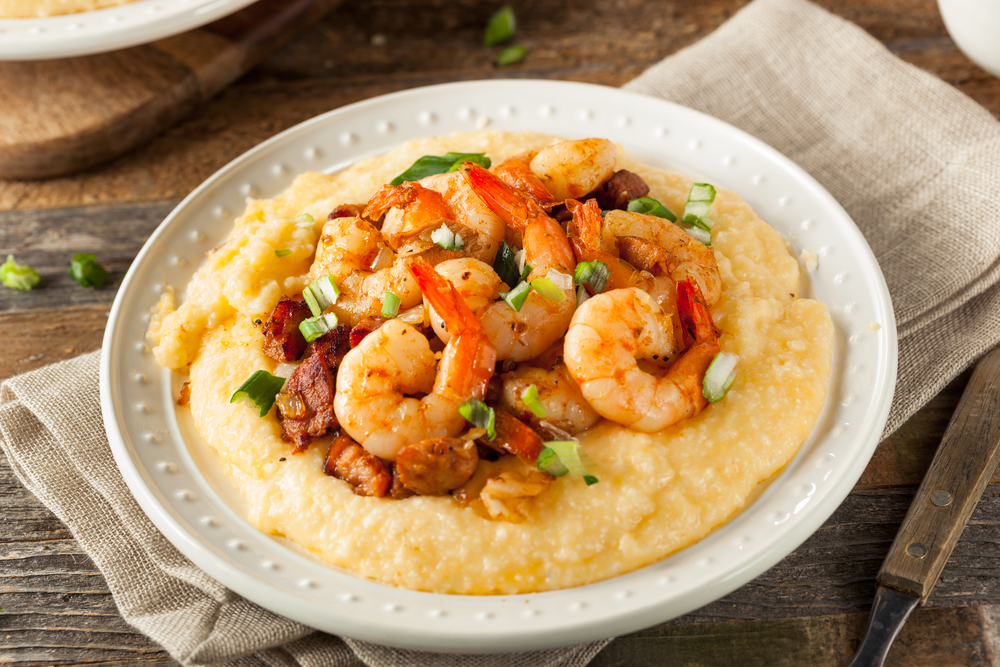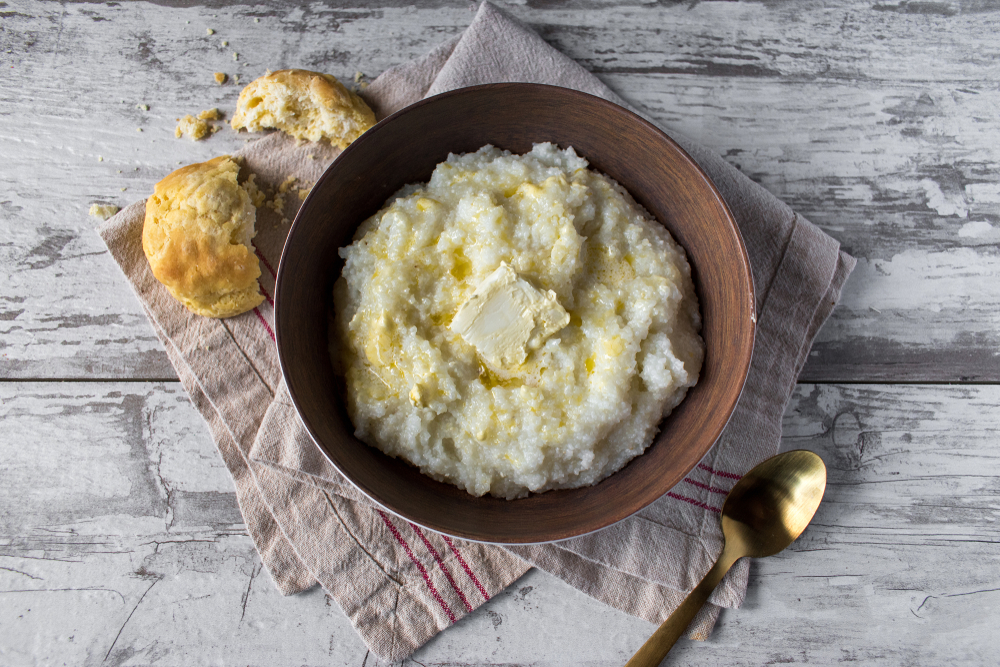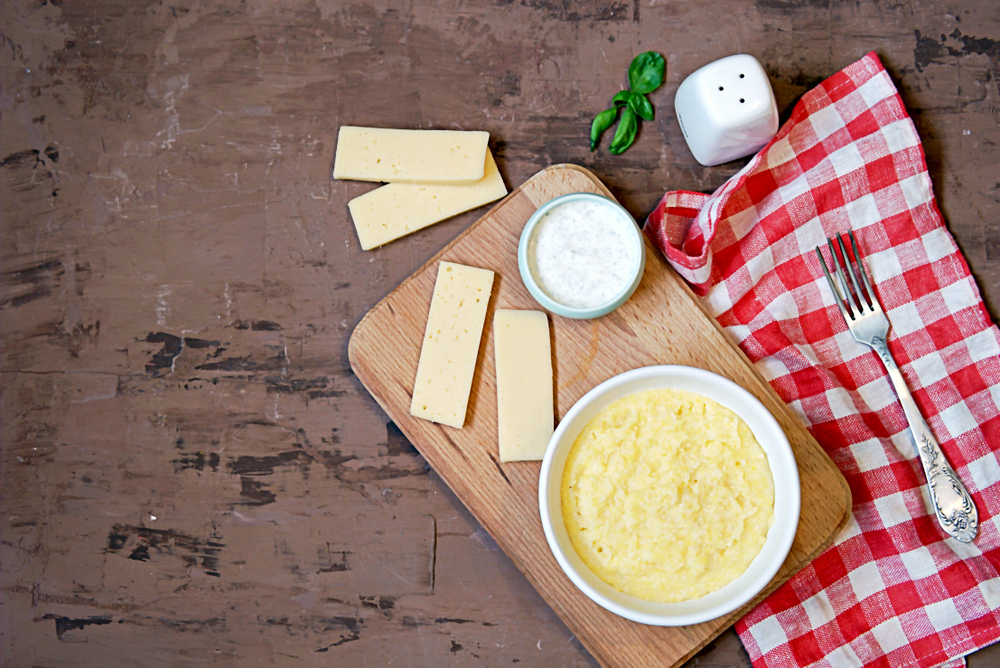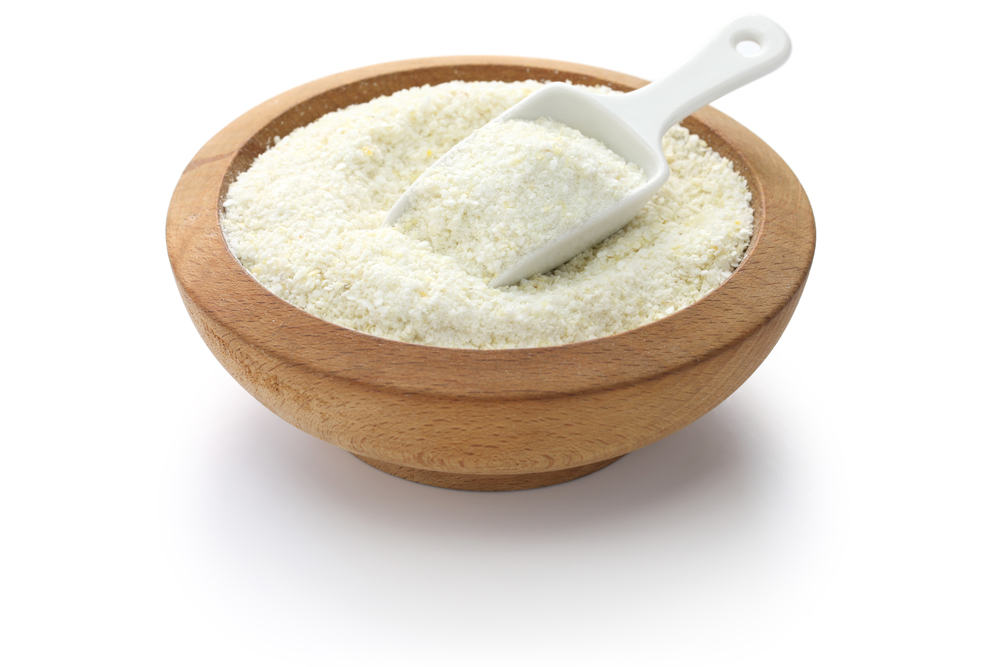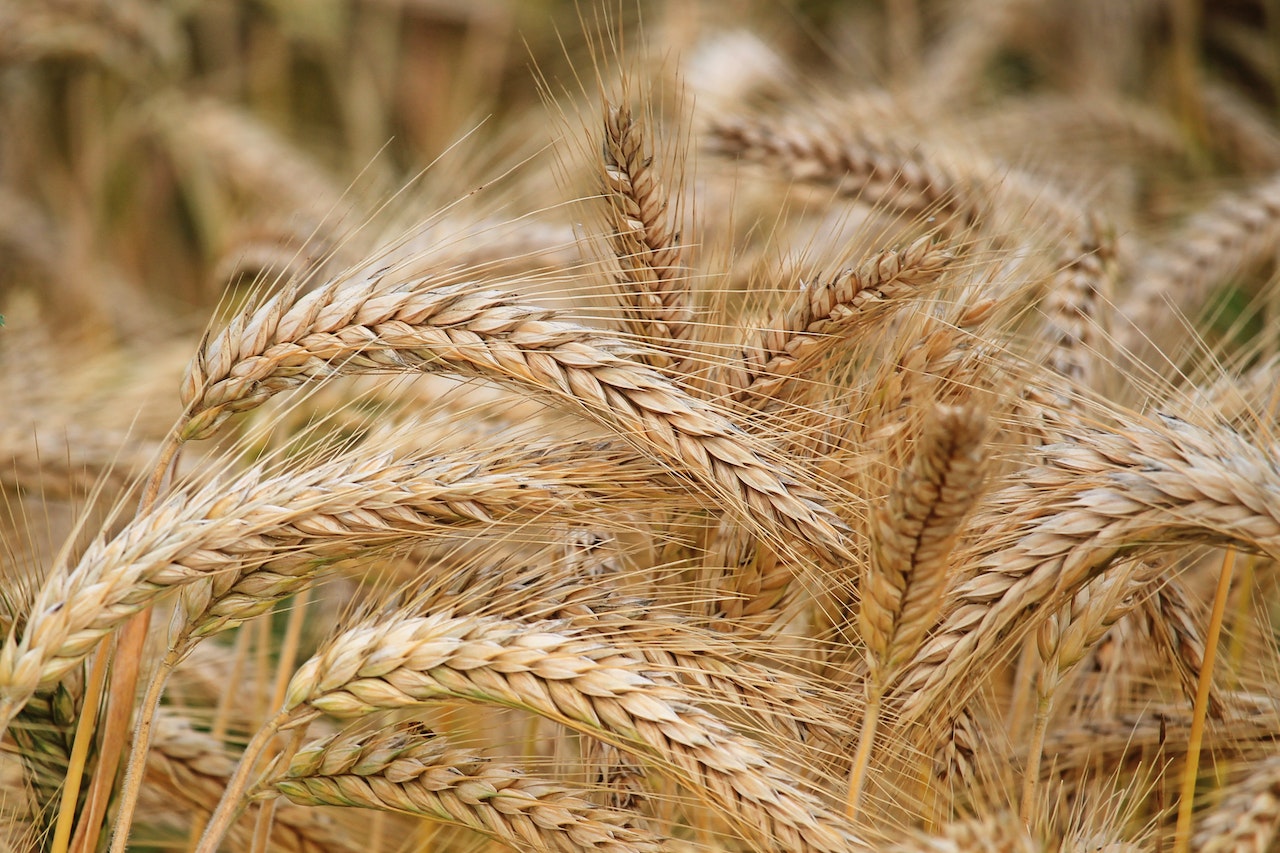When people use the word porridge, they are often referring to different things without knowing it. To one person porridge might be a sweet, almost dessert-like food whereas other people may think of porridge as a savory meal to be enjoyed with bacon and eggs.
The three most common types of porridge in the United States are oatmeal, grits, and cream of wheat. Oatmeal is made from oats, grit is made from corn, and cream of wheat is made from wheat. Each has a slightly different nutritional value and is prepared differently based on region and preference.
Each porridge has its own history and is popular in different regions of the states. In fact, they are so region-specific that you may have only heard of one or the other before reading this article.
What is Cream of Wheat?
History
Cream of wheat was first produced in the late 1800s by a man called Tom Amidon. He worked for a flour milling company and, when the company hit tough times, wanted to find a way for the company to make use of its byproducts.
From this desire, cream of wheat was born being manufactured from the leftover wheat that was not used in the flour-making process. It debuted in 1893 in Chicago, Illinois and quickly became a popular food throughout the United States. It was affordable and easy to prepare, making it a great choice for families who were struggling financially.
Over time the company expanded its cream of wheat line to include an enriched version with extra vitamins and minerals. They also eventually made an “instant” version that could cook in less than a minute to make food prep even easier for busy families.
Over the years, it has changed hands many times but is now owned by B&G foods which purchased the rights to the product in 2007.
Composition
To understand the difference between all of the products discussed in this article, it is important to understand the composition of each.
Cream of wheat is a product that was originally made from the “middlings” of the wheat. In other words, the parts of the wheat that were not desirable for flour and bread making. It was rich in protein and made for a very nutritious porridge once cooked.

Modern day cream of what is made from wheat farina and defatted wheat germ along with a combination of vitamins and minerals. It also contains some stabilizers that will help keep it fresh.
For every 3 tablespoons of cream of wheat, which is the recommended serving size, you are getting 25 grams of carbohydrates and 3 grams of protein. The plus side is that it contains no added sugar so despite the high carbohydrate content, you won’t have to worry about consuming excess sugars.
If prepared as suggested with 1 ¼ cups of milk, the carbohydrate content increases to 40 grams per serving and the protein content increases to 14 grams per serving.
What are Grits?
Unless you were born in the American South, chances are you’ve never heard of grits. These are a popular southern comfort food and are typically eaten for breakfast along with other items like liver mush, eggs, sausage, and bacon. They are a savory food and are typically prepared with just salt and pepper as seasonings.
History
It is believed that grits were first created, or found might be a better word, in the 16th century. During this time American colonists were slowly making their way inland and moving onto more Native American territory. There they learned how to make grits by imitating a similar dish that the Natives would prepare.
The Natives would grind the coarse corn into a rough grain and then cook it creating a type of porridge. It was a great way of using up what would normally be considered scrap corn and was also easy to transport and prepare.
Once the colonists saw this, they took the recipe and began to create what is now known as grits. Since they were so easy to make, grits continued to rise in popularity and spread across more states. In 1976, they were declared the official state food of South Carolina.
To make them even easier to prepare, companies have found ways to make the grits cook even faster. Nowadays there are four main types of grits that you can purchase, but the most commonly used are instant and quick-cooking grits. The only place that you’re likely to eat traditional stone-ground grits is in a restaurant since they can take over an hour to fully cook.
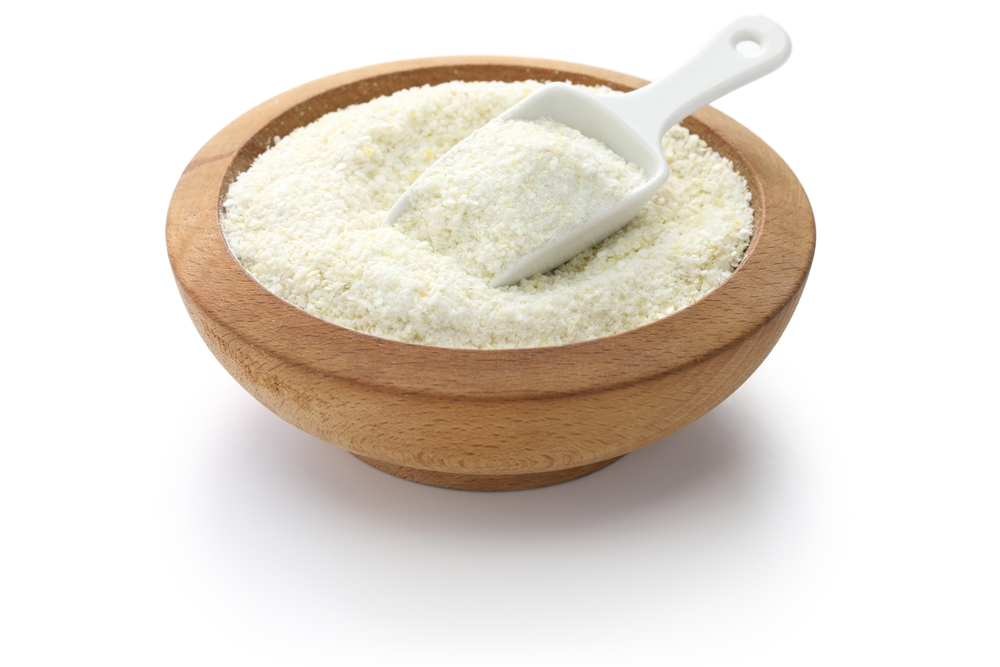
The recipes associated with grits have continued to evolve as well. Gone are the days when grit was a porridge meant to tide you over until the next meal. Now, grits are often considered the main course. If you still need convincing, take a trip to the coast and try shrimp and grits where the grits are just as much a star of the show.
Composition
Grits are made by taking dried corn kernels and grinding them up until they make a relatively fine grit. Manufacturers usually use a type of corn called dent corn which has a higher starch content than regular corn. This makes the grits smoother and creamier, allowing for a better flavor.
If the manufacturer is making instant grits, they will actually pre-cook the grits before packaging them. They’ll boil them until they are tender and then dry them out before packaging them. This makes the grits rehydrate very easily so they are ready in only a matter of minutes.
In one serving of grits, usually ¼ cup dry, you will get 154 calories. Out of that, you will get 33 grams of carbohydrates, 4 grams of protein, and 1 gram of both fiber and fat.
Since the flavor is pretty bland, most of the time you’ll want to add stuff to your grits. Some of the most common things to mix in are cheeses, eggs, and different breakfast meats like bacon and sausage. This will up both the protein and fat content, making for a much more satiating breakfast.
What is Oatmeal?
Oatmeal is one of the most popular breakfasts in the world. It is easy to make, nutritious, and unlikely to trigger anyone’s allergies. You can also make many different variations of oatmeal to satiate all of your cravings. Wanting a fruity breakfast? Try a berry blast oatmeal. Want something warm and cinnamony? Try mixing in brown sugar and top it with cinnamon.
No matter what you’re looking for, oatmeal is sure to have a variation that will satisfy you.
History
Oatmeal is definitely the oldest variety of porridge on this list. It is believed that the first people to prepare oats as oatmeal were the ancient Greeks. They would cook the oats in hot water or milk and then eat them for a breakfast.
As the popularity of oatmeal spread, so did the variation in the ways that oats were eaten. Although the Greeks started out cooking them and making porridge, the Germans and Swiss came up with a new way of eating oats. Instead of boiling them, they would soak them in a liquid, usually milk, overnight and top them with fruit and seeds in the morning.
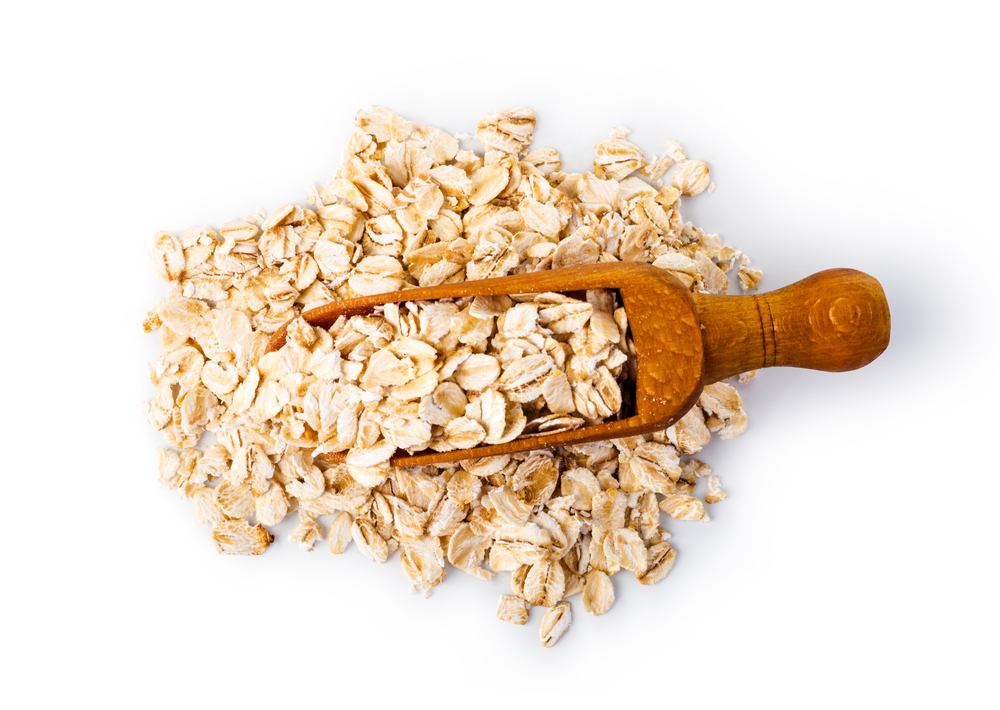
For this to work, rolled oats needed to be created. When you go to purchase a container of oats, there are two main varieties that you’ll see: steel-cut oats and rolled oats. Steel-cut oats are the entire oat that has been chopped into multiple small pieces.
On the other hand, rolled oats are whole oats that have been, you guessed it, rolled out into flat pieces. If you picture oatmeal in your heat, chances are rolled oats are what you’re picturing. They cook much faster than steel-cut oats, but don’t have the same level of nutrition.
With the invention of rolled oats came the revolutionizing of oatmeal. Now quick oats and instant oats were possible, allowing people to prepare a nutritious breakfast with only some hot water and a couple of minutes of waiting time.
Unlike cream of wheat, no one brand owns oatmeal. Many different brands produce oatmeal with all different recipes. You may also just need to try different toppings since oatmeal is notorious for having a very bland flavor on its own. You could be surprised and end up wanting oatmeal as your daily breakfast.
Composition
Out of all of these different porridges, oatmeal is the most nutritionally balanced. This is because it contains more of the actual whole grain instead of just parts of it like cream of wheat and grits.
In one serving of plain oatmeal, you will get a total of 303 calories. In these calories, you will have 51 grams of carbohydrates and 13 grams of protein. It also has plenty of fiber at 8 grams per serving making it a great choice if you’re looking to increase your fiber intake.
Main Differences Between Cream of Wheat and Grits
When you compare the two side by side, cream of wheat and grits can seem pretty similar. After all, they’re both made with byproducts and can be cooked similarly. They are both enjoyed as breakfast foods and overall, have a similar nutritional profile. However, there are several key differences between these two.
Texture
Cream of wheat has a much smoother texture than grits due to the flour milling process. Grits tend to be grittier and stay grittier even when they are fully cooked. This makes for a more hearty breakfast that can only be watered down so much. The longer you cook the grits, the thicker they will be.
Gluten
Since cream of wheat is made from wheat, it contains gluten meaning that it isn’t suitable for people with a gluten allergy or intolerance.
Since grits are made from corn, you won’t have to worry about that and can enjoy them even if you can’t tolerate gluten. If you have a severe gluten allergy, it is still recommended to purchase a brand of grits that is certified gluten-free. This will prevent you from having a reaction to gluten that may make its way into the grits via cross-contamination.
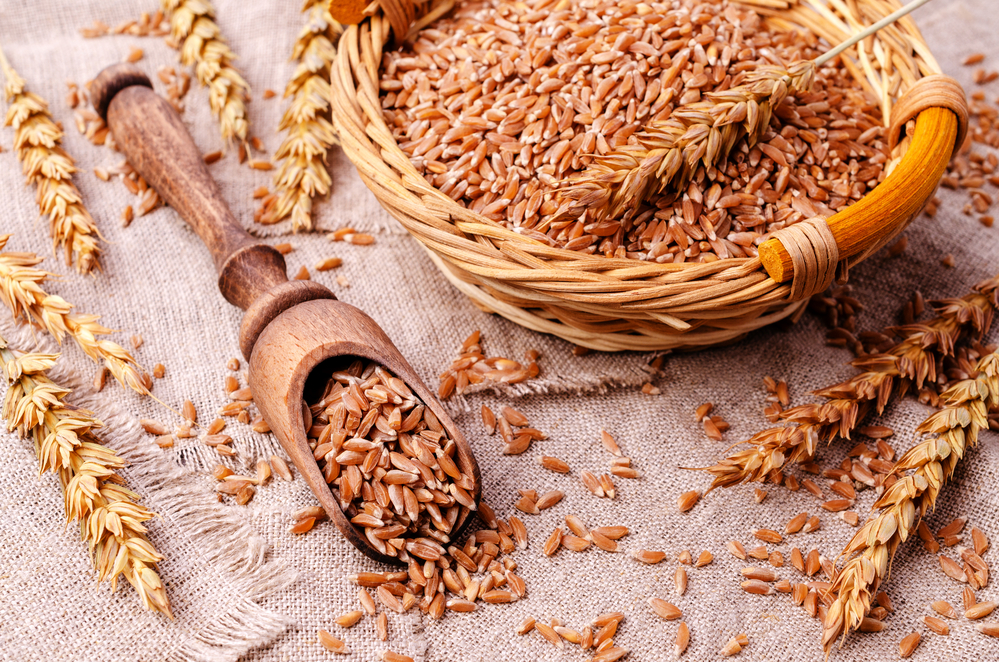
Sweet vs. Savory
When cream of wheat is prepared, it is usually prepared with milk and made to a somewhat runny consistency. It is then sweetened with sugar or honey and typically topped with other sweet things. Some of the most popular toppings for cream of wheat are brown sugar, dried fruits, and candied nuts. All of these will enhance the natural sweetness of the wheat.
In contrast, grits are usually prepared with a base of water until they become very thick. They should not run easily and should be thick enough to eat easily with a spoon. The texture is somewhat comparable to pudding, just without any of the sweetness.
Grits are also considered a savory food. They are usually seasoned with a combination of salt and pepper and cooked until they have a thick consistency. They may also be boiled with a small amount of meat, like bacon or sausage, to help give the grits extra flavor.
Since grits are very bland, they are usually topped with other foods. Usually, people will add things like eggs or sausage to their grits to make the meal heartier. However, if you go to the coast, you’ll see that people even add seafood like shrimp to their grits. People may also top their grits with butter and cheese to give them an extra creamy texture and flavor.
Composition
This one may seem obvious at this point, but grits and cream of wheat are made from two different plants.
Cream of wheat is made from part of the wheat germ that is left over when making flour. Grits are made from dried corn that is ground up until it has a rough grain and then cooked.
Since they have such simple ingredients, on their own they can be relatively bland and boring. This is why people usually add so many toppings to cream of wheat and grits before eating it.
Region
Another huge difference between these two types of porridge is where they are most commonly eaten.
Cream of wheat is most commonly eaten in the north of the United States. It was first produced there and although it has spread, the majority of its popularity has remained in that region of the United States.

On the other hand, grits are almost exclusively eaten in the southern states. It started out being produced in the deep south area and has maintained its popularity there right up alongside biscuits. If you see that someone is eating it up north, chances are they’ve added sugar which is not how it’s intended to be eaten.
If you go outside of each product’s region, chances are you won’t be able to find it. If you go to a store in Illinois, the likelihood of finding grits on the shelves is pretty low. The same goes for looking for cream of wheat in the south, you just won’t find it.
The Health Benefits of Cream of Wheat Vs. Oatmeal
Both cream of wheat and oatmeal can have significant health benefits if prepared and consumed the right way. Both of these products can be high in vitamins and minerals and be part of a healthy breakfast. However, there are some rules that you’ll need to follow.
No matter which product you purchase, make sure to pick one that does not contain added sugar. Porridges with pre-added sugar tend to contain extremely high levels of sugar, so much so that you may feel the need to water it down because it’s too sweet.
If you can, you should also try to pick a cream of wheat or oatmeal that is not the instant variety. The instant variety will usually have fewer nutrients and less fiber than the natural varieties that need to be cooked for longer.
Cream of Wheat vs. Oatmeal Nutrition
The main differences between cream of wheat and oatmeal nutritionwise are in the amount of fiber and protein that they contain.
Oatmeal contains slightly more protein than cream of wheat for the number of calories, with about ⅓ of a gram more per 100 calories. However, it contains two grams more per serving with the addition of 50 calories.
The biggest disparity between the two is seen in the fiber content. Oatmeal contains approximately 4 grams of fiber per serving of steel-cut oats. On the other hand, cream of wheat only contains 1 gram of fiber per serving.

Cream of Wheat vs. Oatmeal for Weight Loss
When you are looking for a weight loss food, it can be difficult to find a breakfast food that isn’t completely loaded with added sugars. Along with that, you’ll want your breakfast food to have a lot of protein and fiber to help keep you satiated all day and keep your hunger under control.
Out of the two, oatmeal definitely wins when it comes to weight loss as it contains more fiber and protein per 100 calories. The fiber will help to bulk up your meal making you feel as though you are eating more. The added protein content will also help to keep you full longer so you don’t find yourself hungry again an hour after breakfast.
If you still want to eat cream of wheat but still want to focus on weight loss, try adding something like peanut butter or protein powder to your porridge. This can help to increase both the protein and fiber content of your food, making it easier to stay full for longer.
Staying full as long as possible is an important part of weight loss. If you are feeling hungry all the time, it will be more difficult to make healthy choices and resist eating foods that are not good for you. Eating satiating meals is key.
Related posts:
Conclusion
The next time you go to the grocery store take a trip to the porridge aisle and see which of these porridges you can find. Chances are, depending on where you live, you’ll only be able to find two out of the three mentioned.
Grits are most heavily eaten in the south of the country and are enjoyed as a savory meal. Cream of wheat is mostly eaten in the north and is prepared with sweet ingredients like sugar and fruit.
Oatmeal is the only porridge that you can find almost anywhere you go. It is typically made with sweet ingredients like sugar, fruits, and different nuts to add protein and fat to the porridge.


